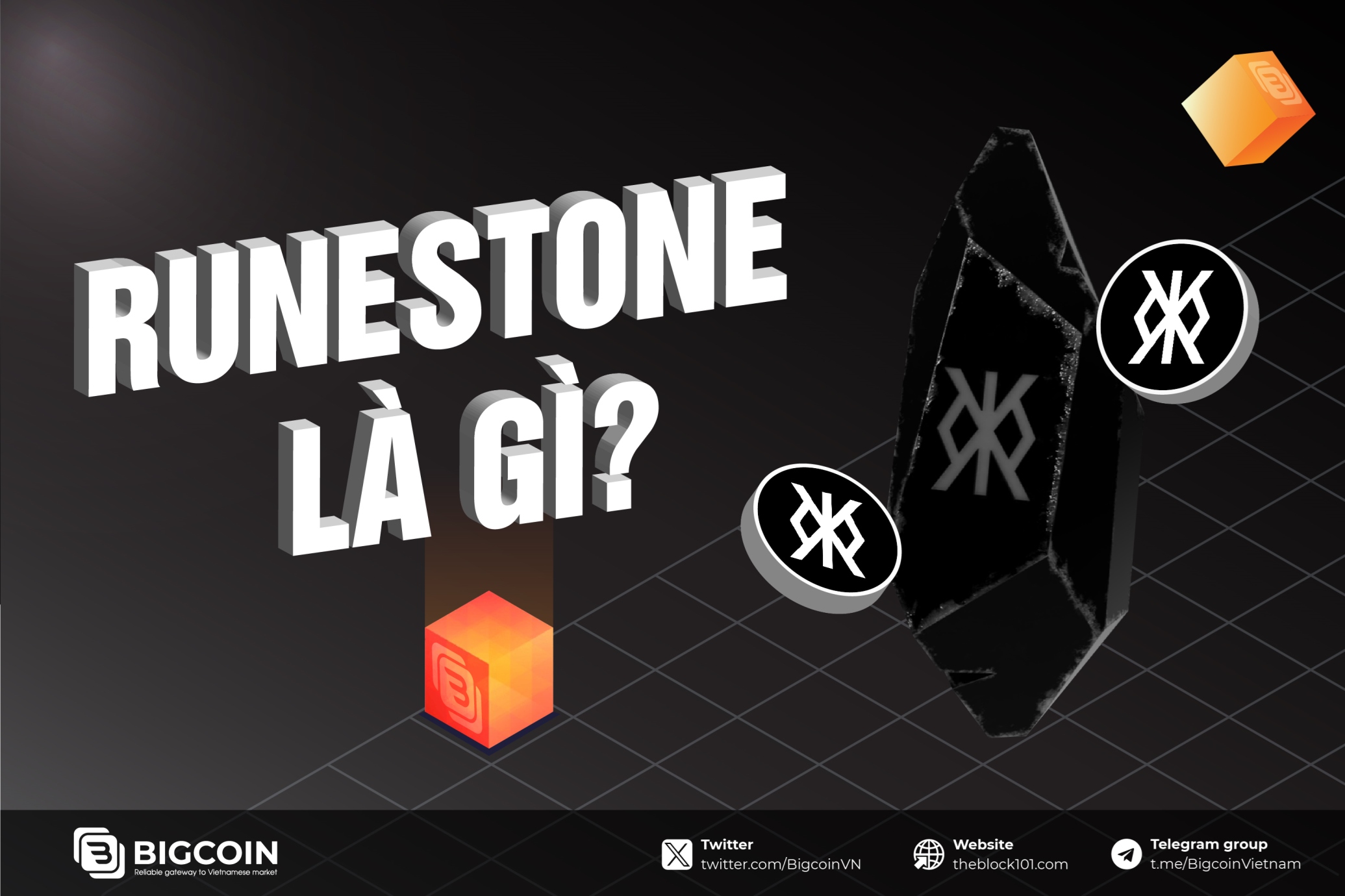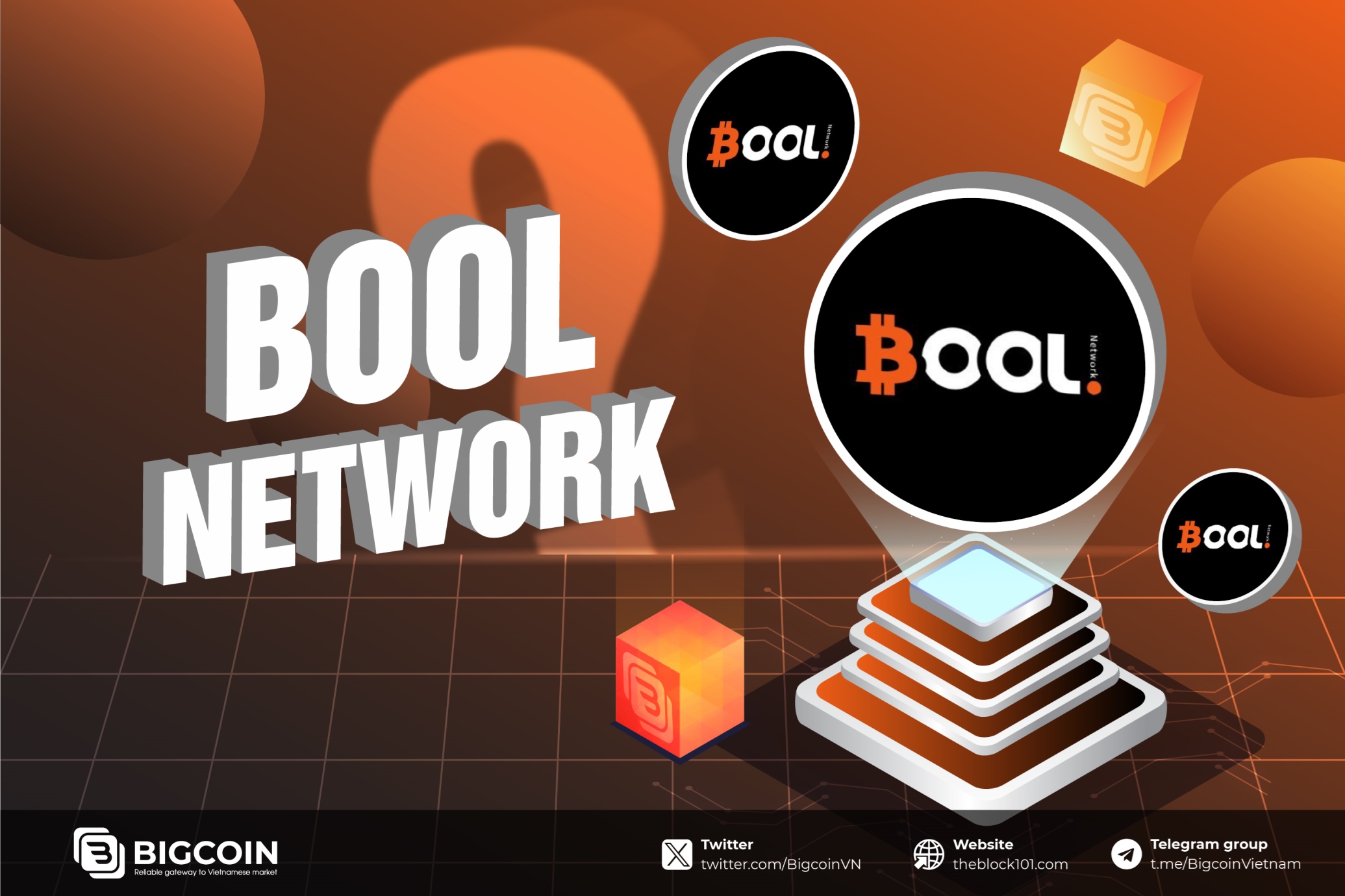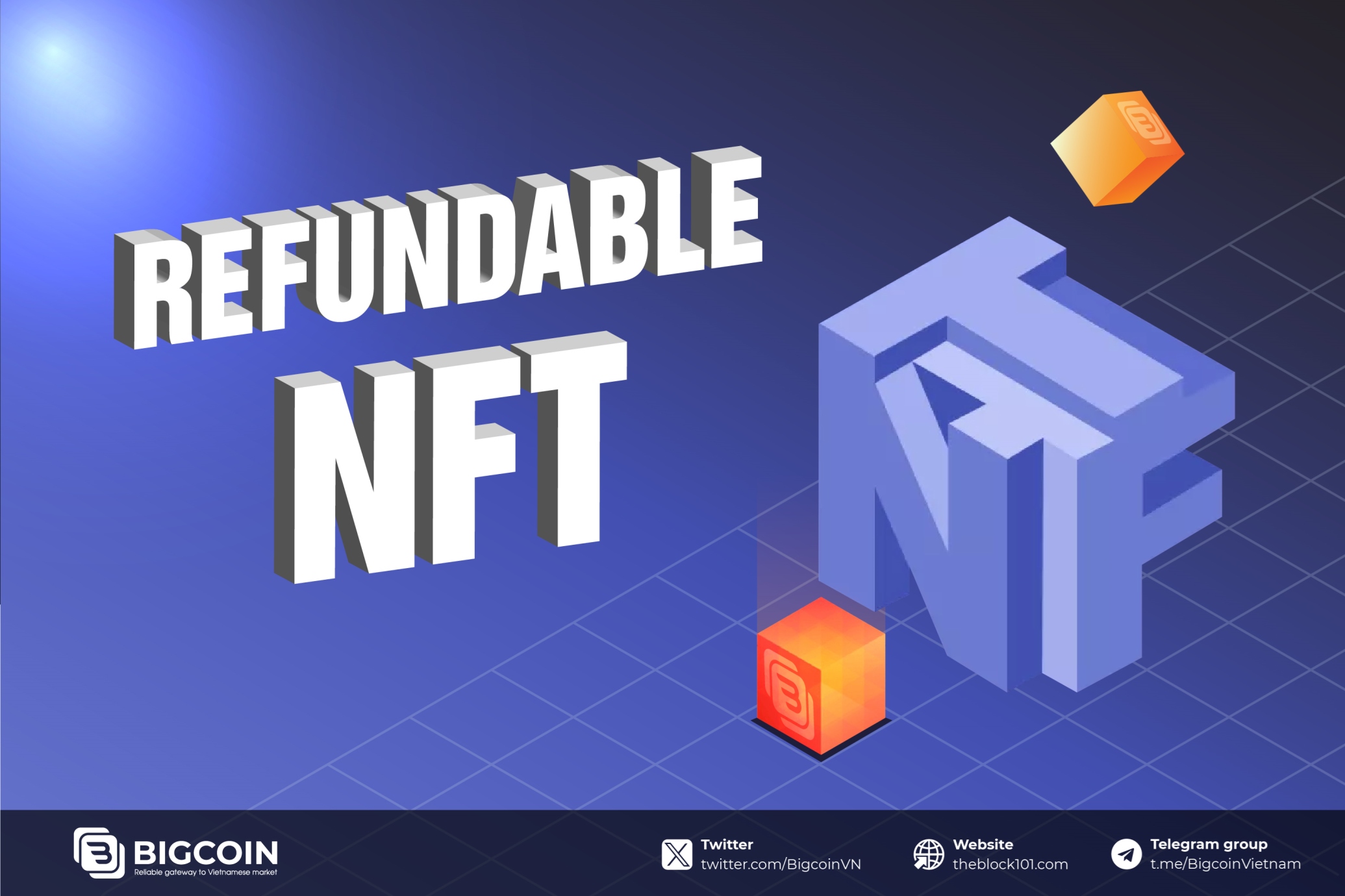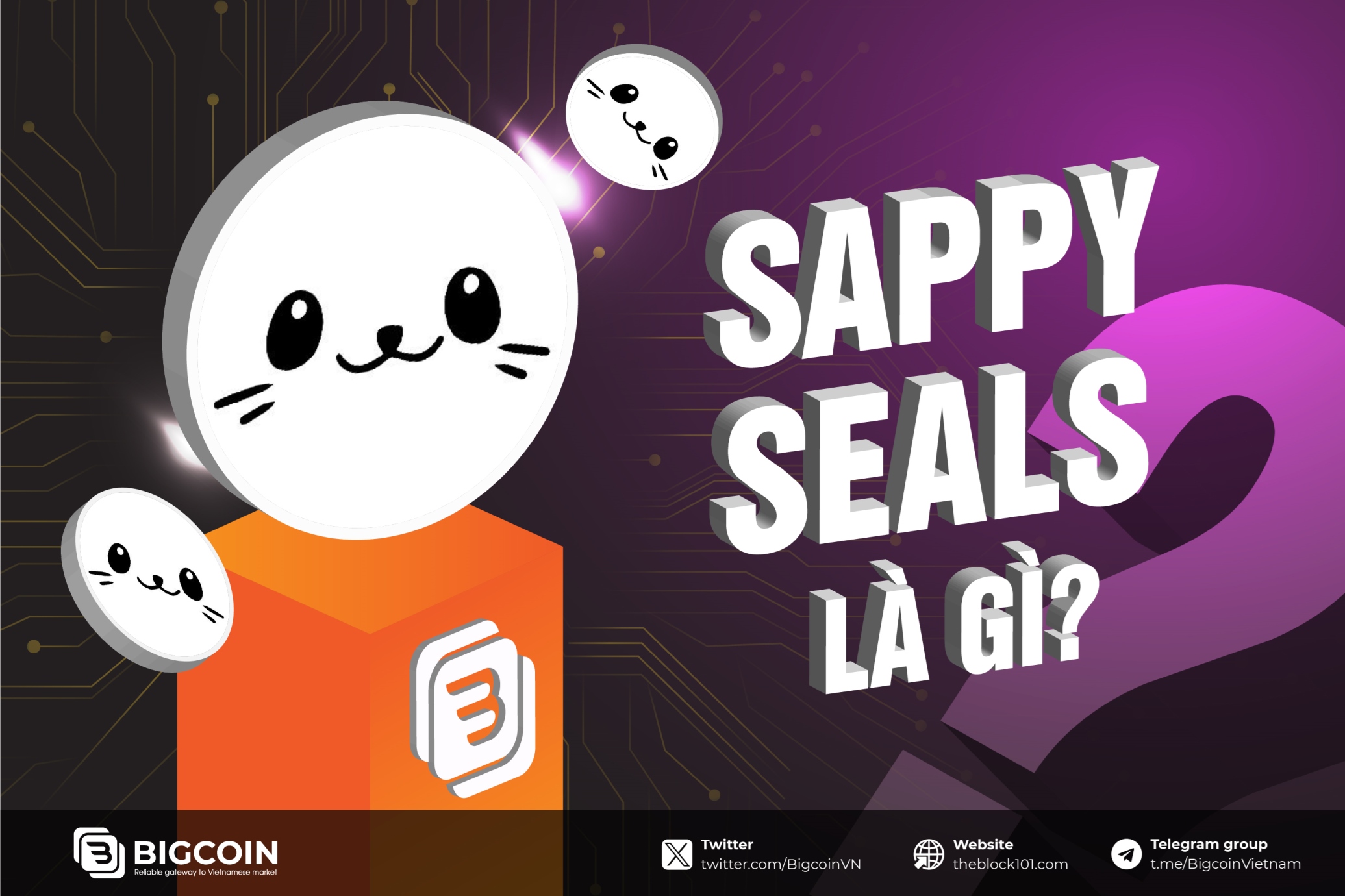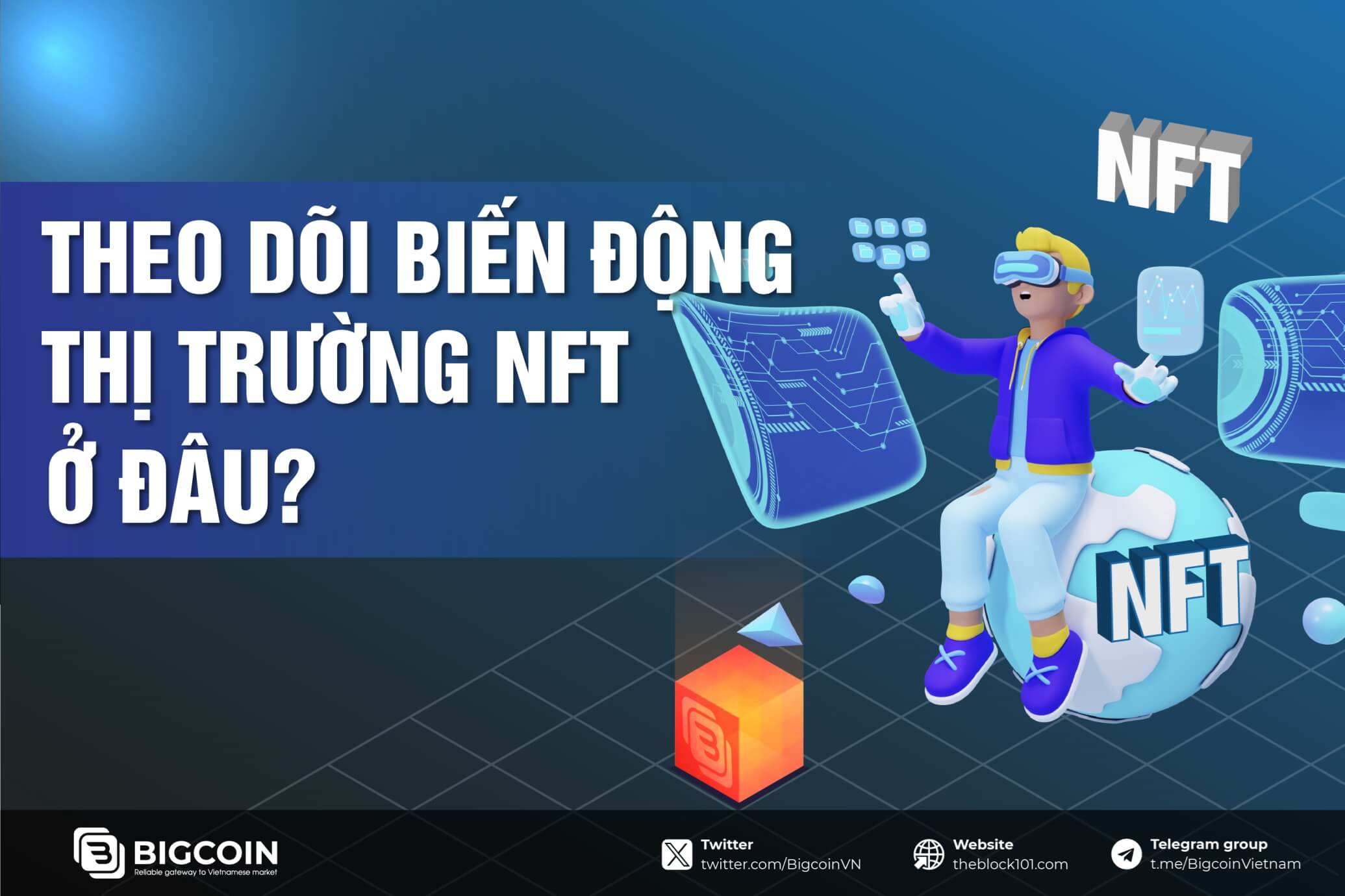
1. Overview
Given the widespread adoption and growth potential of NFTs in the cryptocurrency space, it is crucial to keep a close eye on market trends. As more people enter the NFT market, understanding its dynamics becomes increasingly important.
By monitoring NFT market trends, users gain valuable insights into prevailing market sentiments, price fluctuations, and the factors influencing these changes. This knowledge enables them to anticipate emerging trends and identify promising investment opportunities within specific art styles, projects, or NFT categories.
In this article, Theblock101 will provide a user-friendly guide on how to track NFT collection prices and utilize specialized tools designed to monitor market fluctuations.
2. Methods for Tracking NFT Prices and Market Fluctuations
2.1. Utilizing NFT Market Tracking Applications
Dedicated NFT applications provide a comprehensive overview of NFT marketplaces, allowing users to monitor prices and market trends. Each application typically focuses on a specific blockchain network. For instance:
- Ethereum: NFTGo offers a comprehensive overview of the Ethereum NFT ecosystem.
- Solana: SolanaFloor provides in-depth analytics for the Solana NFT market.
- Avalanche: Avax NFT Stats specializes in tracking NFT activity on the Avalanche blockchain.
Advantages:
- Comprehensive Analytics: These platforms offer a holistic view of the NFT market, including metrics such as market capitalization, trading volume, and top collections.
- User-Friendly Interface: The interfaces are designed to be intuitive, making them accessible to both novice and experienced users.
- Additional Features: These applications often include additional features to streamline NFT portfolio management and tracking.
Disadvantages:
- Potential for Delays: As third-party platforms, data may experience slight delays or inaccuracies, especially regarding real-time pricing and market capitalization.
- Limited Coverage of New Collections: Newly launched NFT collections may not be immediately indexed or included in the platform's database.
- Multiple Platforms Required: Users often need to access multiple platforms to track NFTs across various blockchains.
.png)
2.2. Utilizing Aggregate Data Websites
Numerous platforms offer comprehensive NFT price tracking and market analysis. Notable examples include CoinGecko, DeFiLlama, and DappRadar. These platforms provide key metrics such as:
- NFT Collection Prices: Real-time or near real-time pricing data for popular NFT collections.
- Market Capitalization: The total value of all NFTs within a specific ecosystem.
- Trading Volume: The volume of NFTs being traded within a given time frame.
Advantages:
- Comprehensive Data: These platforms aggregate data from various sources, offering a holistic view of the NFT market.
- Multi-Chain Support: Users can track NFTs across multiple blockchains on a single platform.
- User-Friendly Interface: The platforms are designed with user experience in mind, providing easy-to-understand data visualizations.
Disadvantages:
- Limited Coverage: While these platforms cover major NFT collections, they may not provide detailed information about smaller or newer collections.
- Basic Metrics: The focus is often on high-level metrics, limiting the depth of analysis for individual NFT collections.
.png)
2.3. Monitoring Social Media and Research Websites
Engaging with the NFT community on platforms like Twitter, Discord, and specialized NFT research websites provides real-time updates and insights. These platforms are often the first to share breaking news and community opinions.
Advantages:
- Real-time Updates: Stay informed about the latest developments and trends.
- Targeted Information: Easily find specific information related to your interests.
- Community Interaction: Engage with other community members and project teams.
Disadvantages:
- Unverified Information: Not all information is verified, and there is a risk of encountering misinformation.
- Information Overload: The abundance of information can be overwhelming and difficult to filter.
- Lack of Aggregate Data: It can be challenging to obtain a comprehensive overview of the market from these sources.
.png)
- Overview of the NFT market on Theblock101.com website
2.4. Utilizing NFT Marketplaces
NFT marketplaces offer the most accurate and up-to-date pricing information for individual NFT collections within specific blockchains. To obtain precise pricing data, users should visit the respective marketplace for the desired blockchain. For example:
- Ethereum: Blur
- Solana: Tensor
- Avalanche: Hyperspace
Advantages:
- Accurate Pricing: Marketplaces provide the most reliable pricing data for NFT collections.
- Comprehensive Data: Detailed information such as market capitalization, trading volume, holder count, and price growth is readily available.
Disadvantages:
- Limited Scope: Marketplaces primarily focus on individual collections, providing less comprehensive market overviews.
- Multiple Platforms: Users need to visit multiple marketplaces to track NFTs across different blockchains.
.png)
3. NFTGo User Guide
3.1. Key Features on NFTGo
Discover Collections
- Trending: Highlights the most searched-for NFT collections in the market.
- Hot Mints: Features collections with high minting activity.
- Top Collections: Ranks collections based on various metrics such as market cap, volume, floor price, and 24-hour sales.
- Sweeps: Allows users to purchase multiple NFTs in a single transaction, reducing gas fees.
- Whale Signals: Tracks the NFT buying and selling activities of "whales" (individuals or entities with at least $1 million worth of NFTs) to identify potentially promising projects.
- Drops: Provides information on upcoming NFT mint events.
Analytics
- Market Overview: Offers a comprehensive view of the NFT market, including overall market capitalization, trading volume, and holder data.
- Marketplaces: Provides a ranking of top marketplaces based on various metrics such as 24-hour volume and sales.
- Leaderboard: Ranks whales and top traders based on their trading activities (requires a premium subscription for full access).
- Top Sales: Displays the highest-selling NFTs, including details such as collection, owner, price, and sales volume.
Products
- Developer Tools: Offers a suite of tools for developers, including a real-time data API, NFTGo extension for Twitter, and a Discord bot for notifications.
- Mobile App: A mobile application is under development.
- GoWidgets: Enables users to create custom NFT data dashboards.
Research
- Insights: Provides in-depth analysis, comparisons, and articles on various NFT topics.
- NFT101: Offers a comprehensive guide for beginners entering the NFT market.
- Quarterly and Annual Reports: Provides detailed market reports.
3.2. Utilizing NFTGo for Data Analysis
Analytics is a cornerstone feature of NFTGo, designed to provide users with in-depth insights into the NFT market. This section is further divided into four key subcategories:
- Market Overview: This section presents a comprehensive view of the overall NFT market. Key metrics include:
- Bluechip Index: Tracks the performance of blue-chip NFTs.
- Market Capitalization and Volume: Provides aggregate market data for a selected timeframe.
- Holder, Trader, Buyer, and Seller Data: Offers granular insights into user behavior and trading activities.
- Market Cap Categories: Categorizes NFTs into various segments (e.g., Gaming, Collectibles, PFPs, Art, Metaverse) for targeted analysis.
- Collection Distribution: Visualizes the market share of different NFT collections.
- Marketplaces: This section provides a detailed analysis of various NFT marketplaces integrated into NFTGo. Key metrics include:
- Trading Volume and Sales: Offers historical trading data for customizable timeframes.
- Top Marketplaces: Ranks marketplaces based on performance metrics.
- Leaderboard: This section (accessible with a premium subscription) ranks users based on their trading activities, allowing users to identify key market players and whales.
- Top Sales: This section provides real-time data on the highest-selling NFTs, including details such as collection, owner, price history, and recent sales.
4. Conclusion
Monitoring NFT market fluctuations necessitates a flexible approach and the utilization of diverse information sources. By employing specialized websites and applications, price tracking services, and engaging with online communities, investors and enthusiasts can stay informed about the latest market trends and gain a deeper understanding of the NFT landscape. However, given the highly volatile nature of the NFT market, a cautious and diligent approach to research is essential.
Readmore:

 English
English Tiếng Việt
Tiếng Việt


